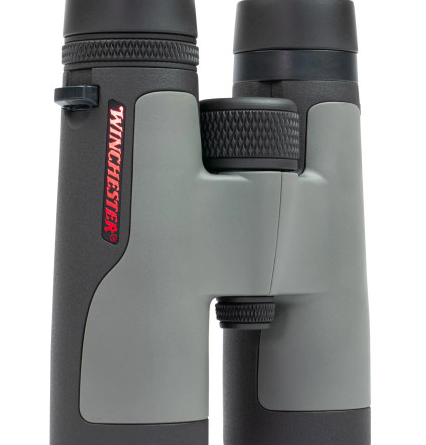Best Binoculars for Hunting Key Specs and Benefits
A good hunt starts long before you pull the trigger. Spotting game from a distance, tracking movement, and reading the land all depend on sharp vision. Your eyes can only do so much. Binoculars fill the gap. The right pair helps you find targets, judge distances, and plan your next move. The wrong pair? They slow you down and strain your eyes.
If you’re looking for the best binoculars for hunting, focus on the specs that matter. Magnification, lens coatings, field of view—these details shape your experience. Let’s break it down so you can pick the best pair for your next trip.
Magnification and Objective Lens Size
Bigger numbers don’t always mean better results. Some hunters go for maximum zoom, thinking it helps them see farther. High magnification can bring distant game closer, but it also narrows your field of view. A shaky hand makes everything worse.
Most hunters stick with 8x or 10x magnification. An 8x gives you a wider view, making it easier to track moving targets. A 10x lets you see more detail but can be harder to keep steady. If you hunt in dense woods, 8x works well. If you hunt in open fields or mountains, 10x is a solid choice.
The second number on binoculars—like the 42 in 10×42—refers to the objective lens size. Bigger lenses let in more light, making images brighter. They also add weight. A 42mm lens is a good middle ground for brightness and portability.
Low-Light Performance and Lens Coatings
Hunting at dawn or dusk means dealing with low light. Your binoculars should help, not hurt, your vision. Brightness comes from more than just lens size. Lens coatings decrease glare and improve light transmission.
Go for fully multi-coated lenses. These coatings cut down on reflections and bring in more light. Better contrast makes it easier to spot movement. Some coatings also protect against dirt and water spots, keeping your view clear in rough conditions.
The exit pupil matters too. This is the small circle of light you see when you hold binoculars away from your eyes. A larger exit pupil means better performance in low light. Divide the lens size by the magnification to find it. A 10×42 binocular has a 4.2mm exit pupil, which is good for early morning or late evening hunts.
Field of View vs. Detail
Wide field of view helps you track game. Narrower view gives you sharper details. Finding the right balance depends on what you hunt and where.
If you hunt fast-moving animals like deer or elk, a wide field of view helps. You can scan more ground at once. If you’re hunting from long distances and need to see details—like antler points—a narrower view might be better.
Field of view is measured in feet at 1,000 yards. A higher number means a wider view. Most hunting binoculars fall between 300-400 feet. Lower magnification tends to give you a wider view, while higher magnification zooms in at the cost of space.
Durability and Weather Resistance
Hunting takes you through thick brush, rocky terrain, and unpredictable weather. Your binoculars need to keep up. Cheap models won’t last. Good ones are built tough.
Waterproofing matters. Look for binoculars sealed with O-rings. They keep moisture and dust out. Fog-proofing helps too. Some binoculars are filled with nitrogen or argon gas to prevent fog from building.
Rubber armor adds grip and absorbs shock. If you drop your binoculars, rubber coating helps prevent cracks. A tough chassis—made of aluminum or reinforced plastic—keeps them lightweight but strong.
Focus Mechanism and Eye Relief
Fast focus matters in hunting. Game won’t wait while you adjust your binoculars. A central focus wheel is standard on most models. It lets you sharpen your view quickly. Some binoculars have individual focus adjustments for each eye. These take longer but can be useful if your eyes have different strengths.
Eye relief is necessary if you wear glasses. This is the distance between your eye and the eyepiece where you still get a full view. Longer eye relief (15mm or more) works better for glasses. Short eye relief can make it hard to see the full image.
Twist-up eyecups help too. They let you adjust the binoculars to fit your eyes comfortably, with or without glasses.
Weight, Size, and Comfort
Long hunts mean long hours carrying gear. Heavy binoculars can wear you down. Compact models are easy to carry but may sacrifice brightness. Full-size models offer better performance but can feel bulky after a few hours.
Balance is key. If you hike a lot, a lightweight pair helps. If you stay in one spot, a larger model gives you a clearer view. Look for padded neck straps or a chest harness. They take the weight off your neck and keep binoculars within easy reach.
Invest in the Best Gear for Your Hunt
Hunting is about skill, patience, and the right equipment. Your binoculars should help, not hold you back. Think about where you hunt, what you hunt, and how you hunt. Pick the specs that fit your needs.
Durability, clarity, and comfort make the difference. The best binoculars for hunting work in all conditions, giving you an edge in the field. Choose wisely, and your next hunt will be clearer, sharper, and more successful.

